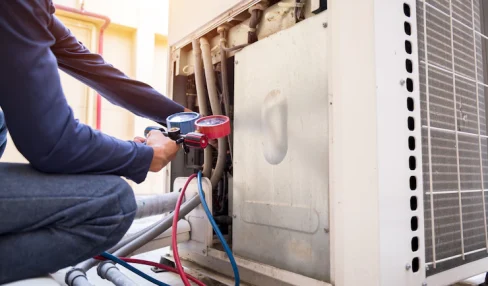How To Improve The Safety Of Your Fleet
3 Mins Read
Published on: 05 December 2023
Last Updated on: 16 September 2024

toc impalement
In today’s fast-paced world, managing a fleet requires more than just efficient scheduling and maintenance. Ensuring the safety of your fleet is paramount to the success of your business, as it directly impacts your employees, assets, and reputation. This article delves into practical strategies to enhance fleet safety, ensuring your operations are not only efficient but also secure.
Embracing Technology For Enhanced Safety
GPS Fleet Tracking
One of the most effective tools in enhancing fleet safety is GPS fleet tracking. This technology allows for real-time monitoring of vehicles, providing insights into driver behaviour, vehicle performance, and route efficiency. By using GPS fleet tracking, fleet managers can identify risky behaviors such as speeding, harsh braking, or deviating from planned routes, and take corrective action promptly.
Implementing Dash Cams
Another technological advancement is the use of dash cams in fleet vehicles. These cameras record continuous footage of both the road ahead and the driver, offering valuable data in the event of an incident. They also act as a deterrent against unsafe driving practices, as drivers are aware that their actions are being monitored.
Fostering A Culture Of Safety
Regular Training And Education
Creating a culture that prioritizes safety begins with education. Regular training sessions for drivers on safe driving practices, understanding road laws, and handling emergency situations are essential. These sessions not only educate but also reinforce the importance of safety within the organization.
Encouraging Open Communication
Promoting an environment where drivers feel comfortable reporting safety concerns or incidents without fear of retribution is crucial. This open dialogue ensures that issues are addressed quickly and effectively, enhancing overall fleet safety.
Preventive Measures And Maintenance
Routine Vehicle Inspections
Regular vehicle inspections are a proactive way to ensure fleet safety. These inspections help identify potential issues before they become major problems, reducing the risk of accidents due to vehicle failure.
Investing In Vehicle Maintenance
A well-maintained fleet is a safe fleet. Regular maintenance, including tire checks, brake inspections, and engine servicing, is vital. Investing in the upkeep of your fleet not only extends the life of your vehicles but also ensures they are safe to operate.
Utilizing Data For Continuous Improvement
Analyzing Performance Metrics
Collecting and analyzing data from various sources, such as GPS tracking systems and dash cams, provides insights into overall fleet performance. This data can be used to identify trends, isolate areas for improvement, and implement targeted safety measures.
Setting Realistic And Safe Kpis
Key Performance Indicators (KPIs) should not only focus on efficiency and productivity but also on safety. Setting realistic and safe KPIs encourages drivers to adhere to safety standards while achieving business objectives.
Legal Compliance And Liability Management
Staying Updated With Regulations
Keeping abreast of and complying with local and federal transportation regulations is essential for legal and safety reasons. Regularly updating policies and procedures in line with these regulations ensures your fleet operates within legal boundaries.
Managing Liability Through Insurance
Adequate insurance coverage is crucial in managing the financial risks associated with fleet operations. This includes liability insurance for accidents and comprehensive coverage for vehicle damage.
“Securing Tomorrow: A Safer Fleet”
In conclusion, enhancing the safety of your fleet is a multifaceted approach that involves embracing technology, fostering a culture of safety, conducting preventive maintenance, utilizing data for improvement, and ensuring compliance with legal requirements. By implementing these strategies, you not only protect your assets and employees but also contribute to a safer road environment for all. As fleet managers, the responsibility of securing tomorrow through a safer fleet today is in your hands.
Read Also:


















Comments Are Closed For This Article